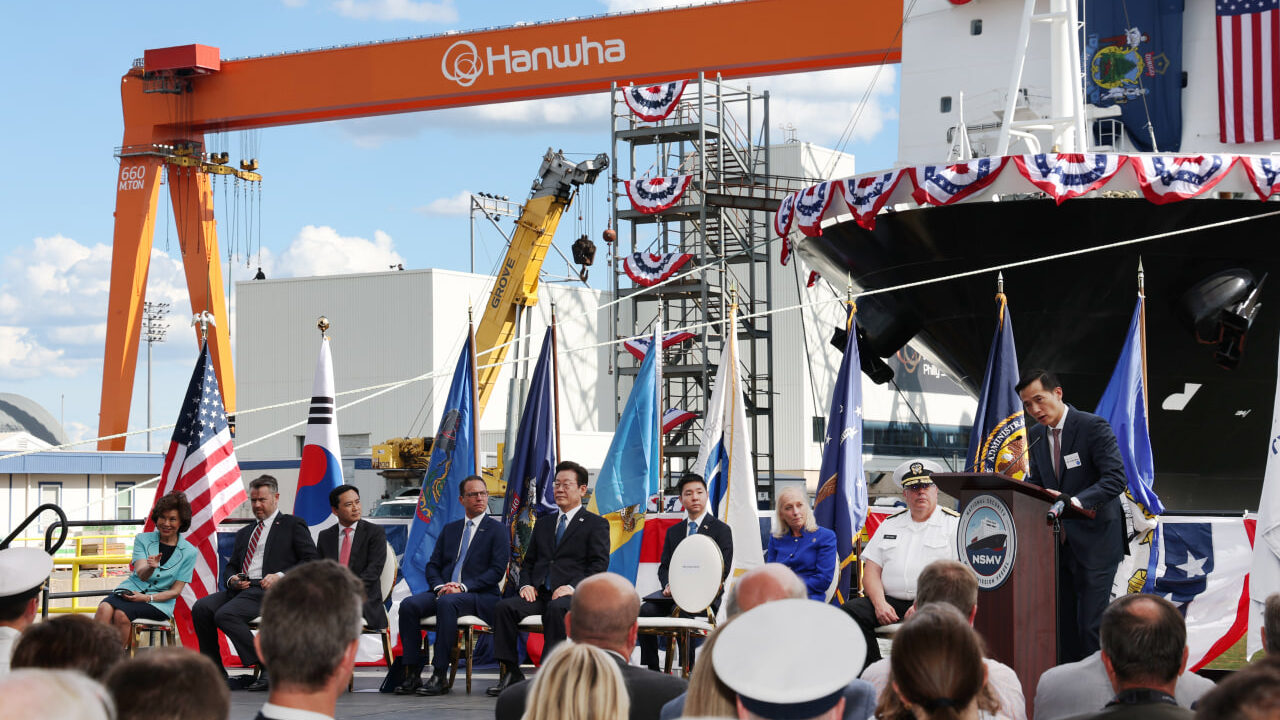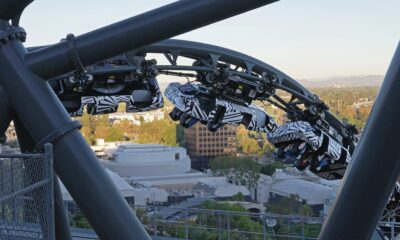World
Trump Announces US Will Share Nuclear Submarine Technology with South Korea

President Donald Trump announced on social media that the United States will share advanced nuclear submarine propulsion technology with South Korea. This decision marks a significant shift in U.S. policy, as the previous Biden administration had declined similar requests from the South Korean government, which is viewed as a crucial ally in the Indo-Pacific region.
In his post on Truth Social, Trump stated, “South Korea will be building its Nuclear Powered Submarine in the Philadelphia Shipyards, right here in the good ol’ U.S.A. Shipbuilding in our Country will soon be making a BIG COMEBACK.” This announcement coincides with South Korea’s Hanwha Group acquisition of the Philadelphia Shipyard from a Norwegian investment group last year, a strategic move aimed at enhancing its cooperation with the U.S. Navy.
The arrangement includes a financial component, with South Korea reportedly agreeing to pay $350 billion to offset tariffs imposed by the White House on South Korean goods. This financial agreement underscores the growing economic ties between the two nations, particularly in the defense sector.
Nuclear propulsion technology, utilized by the United States, United Kingdom, and Australia through the AUKUS agreement, is highly sought after and tightly controlled. South Korea had previously sought access to this technology but faced resistance from the Biden administration. Following Trump’s announcement, South Korean President Lee Jae Myung clarified that past communications may have been misinterpreted by the previous administration as a request for nuclear weapons, rather than the technology for nuclear fuel.
The prospect of South Korea constructing its submarines in the United States raises complex questions regarding the American maritime industrial base. Traditionally, the Philadelphia Shipyard has focused on building commercial vessels, but under new management, Hanwha is committed to pursuing U.S. Navy contracts. Building nuclear submarines will require substantial investment and expertise, a task that is expected to take Australia until the 2030s and 2040s to accomplish.
Moreover, Hanwha faces significant challenges in attracting a skilled workforce necessary for submarine construction. The U.S. Navy has launched a multi-year marketing campaign aimed at bolstering its maritime industrial base. This initiative is crucial, as the Navy has struggled to meet its recruitment targets due to high attrition rates among new workers.
As the U.S. and South Korea deepen their defense collaboration, the implications of sharing nuclear submarine technology will likely reverberate throughout the region, affecting security dynamics and naval capabilities in the Indo-Pacific.
-

 World2 weeks ago
World2 weeks agoGlobal Air Forces Ranked by Annual Defense Budgets in 2025
-

 World2 weeks ago
World2 weeks agoMass Production of F-35 Fighter Jet Drives Down Costs
-

 Top Stories2 weeks ago
Top Stories2 weeks agoNew ‘Star Trek: Voyager’ Game Demo Released, Players Test Limits
-

 Science2 weeks ago
Science2 weeks agoTime Crystals Revolutionize Quantum Computing Potential
-

 Top Stories2 weeks ago
Top Stories2 weeks agoDirecTV to Launch AI-Driven Ads with User Likenesses in 2026
-

 World2 weeks ago
World2 weeks agoElectrification Challenges Demand Advanced Multiphysics Modeling
-

 Lifestyle2 weeks ago
Lifestyle2 weeks agoDiscover Reese Witherspoon’s Chic Dining Room Style for Under $25
-

 Health2 weeks ago
Health2 weeks agoGavin Newsom Critiques Trump’s Health and National Guard Plans
-

 Lifestyle2 weeks ago
Lifestyle2 weeks agoLia Thomas Honored with ‘Voice of Inspiration’ Award at Dodgers Event
-

 Entertainment2 weeks ago
Entertainment2 weeks agoFreeport Art Gallery Transforms Waste into Creative Masterpieces
-

 Entertainment2 weeks ago
Entertainment2 weeks agoFast & Furious Coaster Hits the Track at Universal Studios
-

 Science2 weeks ago
Science2 weeks agoWaning Crescent Moon: What to Expect on October 17








